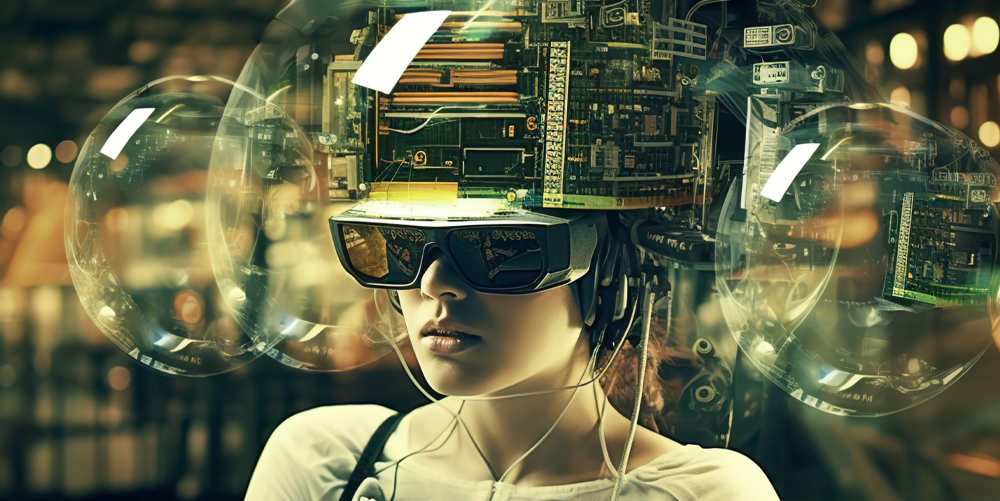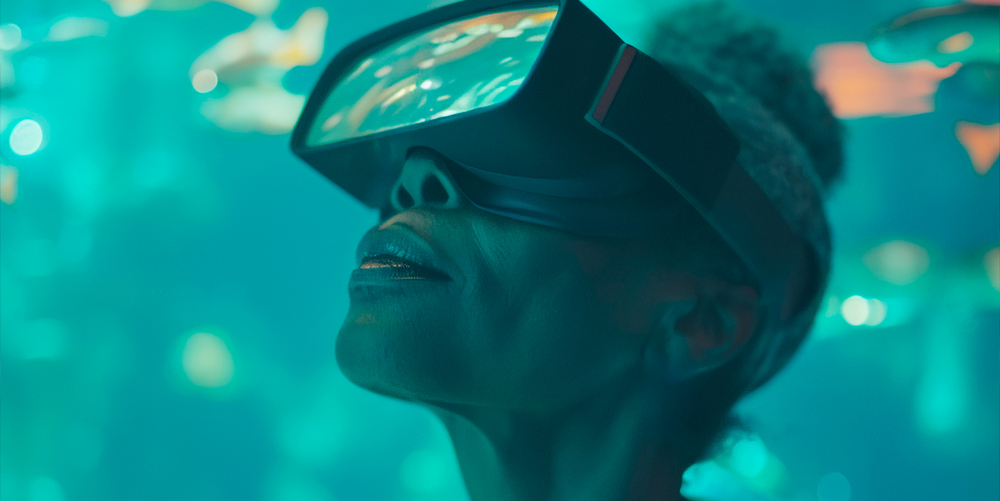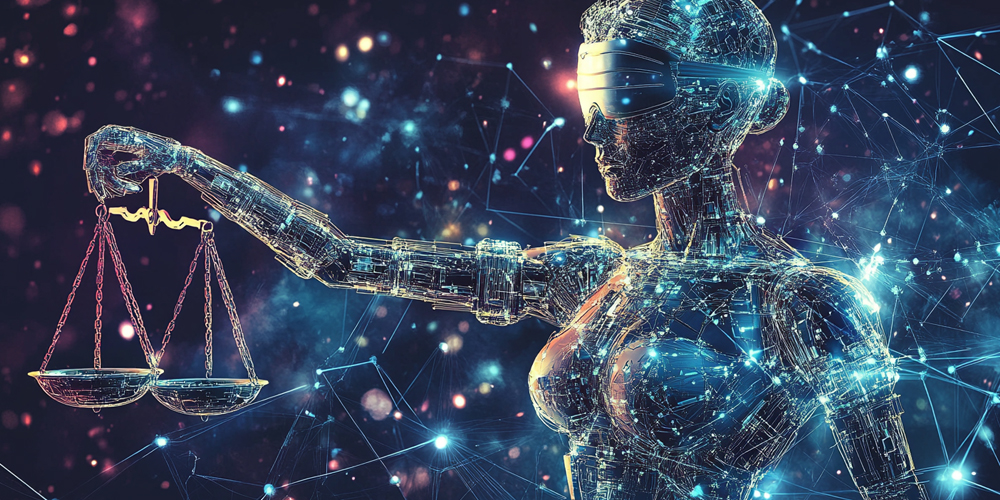Artificial Intelligence (AI) has rapidly evolved over the past few years, transforming various industries. As we look ahead, several key trends are expected to shape the future of AI in the next decade. This article explores these trends, their implications, and what they mean for businesses and individuals alike.
1. The Rise of Generative AI
Generative AI refers to algorithms that can create new content, from images to music. This technology has gained significant attention due to its ability to produce high-quality outputs. For instance, tools like ChatGPT and DALL-E are examples of generative AI in action.
Businesses can leverage generative AI for various applications, including marketing, product design, and content creation. As the technology improves, its impact on creative industries will be profound, offering innovative solutions to age-old challenges.
Applications in Creative Fields
In fields like advertising and entertainment, generative AI can help create tailored content. For example, personalized marketing campaigns can be designed using AI-generated visuals that resonate with target audiences. This capability not only saves time but also enhances engagement.
2. AI and Machine Learning Integration
The integration of AI with machine learning continues to evolve. Businesses are increasingly using machine learning algorithms to analyze large datasets and derive actionable insights. This trend is crucial for making informed decisions in real-time.
As companies harness this technology, they can improve efficiency and customer satisfaction. For instance, e-commerce platforms use AI-driven recommendations to enhance user experiences. These personalized suggestions often lead to higher conversion rates.

Improved Decision-Making
Data-driven decision-making is becoming essential in today’s fast-paced environment. By utilizing AI and machine learning, organizations can forecast trends, optimize operations, and identify potential risks. This capability empowers leaders to make informed choices swiftly.
3. AI in Healthcare
The healthcare industry is undergoing a significant transformation due to AI advancements. From diagnostics to treatment plans, AI is enhancing patient care. For instance, AI algorithms can analyze medical images with remarkable accuracy, aiding in early disease detection.
Additionally, personalized medicine is becoming a reality, thanks to AI. By analyzing genetic information and patient histories, healthcare providers can tailor treatments to individual needs. This trend improves outcomes and enhances the overall patient experience.
Telemedicine and AI
With the rise of telemedicine, AI is playing a crucial role in virtual healthcare. AI-driven chatbots and virtual assistants are now assisting patients with basic inquiries and scheduling appointments. This development not only improves accessibility but also streamlines administrative tasks for healthcare providers.
4. Enhanced AI Ethics and Governance
As AI technologies advance, ethical considerations are gaining prominence. Organizations must address issues such as bias, privacy, and accountability. Implementing robust governance frameworks is essential to ensure responsible AI deployment.
Transparency in AI algorithms will build trust among users. Companies that prioritize ethical AI practices will likely gain a competitive advantage. As a result, consumers will feel more comfortable interacting with AI-driven systems.
Regulatory Frameworks
Governments are also stepping in to regulate AI technologies. Policymakers are developing guidelines to ensure AI is used responsibly. These regulations aim to protect consumers while fostering innovation in the industry.
5. AI-Powered Automation
Automation is one of the most significant trends in AI. Organizations are adopting AI-driven automation to streamline workflows and improve productivity. Robotic Process Automation (RPA) is a prime example, allowing businesses to automate repetitive tasks.
This shift not only reduces operational costs but also frees up employees to focus on more strategic initiatives. Companies can achieve greater efficiency and allocate resources more effectively.
Impact on the Workforce
While automation enhances productivity, it also raises questions about the future of work. As AI takes over routine tasks, employees must adapt to new roles that require more complex skills. Upskilling and reskilling initiatives will become essential for workforce development.
6. AI and Cybersecurity
With the increasing reliance on digital systems, cybersecurity is more critical than ever. AI plays a vital role in enhancing security measures. AI algorithms can analyze vast amounts of data to detect unusual patterns and potential threats.
Organizations can leverage AI for proactive threat detection, minimizing the risk of cyberattacks. This capability is crucial in protecting sensitive data and maintaining customer trust.
AI-Driven Threat Intelligence
AI-driven threat intelligence systems continuously learn from new data, improving their accuracy over time. By staying ahead of emerging threats, organizations can implement preventive measures and safeguard their assets effectively.
7. The Growth of Edge AI
Edge AI refers to processing data closer to the source, rather than relying solely on centralized cloud servers. This trend is gaining traction due to the increasing demand for real-time data processing. Applications in IoT (Internet of Things) devices benefit significantly from edge AI.
By processing data on-device, businesses can reduce latency and enhance performance. This capability is crucial for applications such as autonomous vehicles and smart cities, where quick decision-making is essential.
Improved User Experiences
Edge AI contributes to better user experiences by enabling faster responses and more efficient resource utilization. As more devices become interconnected, the importance of edge AI will only grow.
8. AI in Personalization
Personalization is a key focus for businesses aiming to enhance customer experiences. AI enables organizations to analyze user behavior and preferences, allowing them to tailor offerings. This trend is particularly evident in e-commerce and online services.
By providing personalized recommendations, businesses can increase customer satisfaction and loyalty. AI-driven insights help companies understand their audiences better and deliver relevant content.
Customer Engagement Strategies
Effective personalization strategies rely on AI to segment audiences and deliver targeted messages. Companies that prioritize personalization will likely see improved engagement rates and conversions.

9. Continued Investment in AI Research
As AI technologies advance, investment in research and development is crucial. Companies and governments are allocating resources to explore new AI applications and refine existing technologies. This trend fosters innovation and accelerates the adoption of AI across various sectors.
Collaborations between academia and industry are also on the rise. These partnerships facilitate knowledge sharing and promote cutting-edge research, leading to breakthroughs in AI capabilities.
Impact on Society
Continued investment in AI research will shape societal advancements. From improving healthcare outcomes to enhancing environmental sustainability, AI has the potential to address critical global challenges.
10. The Role of AI in Sustainable Development
Sustainability is becoming a significant concern for businesses and governments alike. AI can play a pivotal role in achieving sustainability goals. For instance, AI algorithms can optimize energy consumption and reduce waste in manufacturing processes.
Additionally, AI can enhance climate modeling and predictive analytics, enabling better decision-making for environmental initiatives. By harnessing AI for sustainability, organizations can contribute to a greener future.
Conclusion
The future of AI is filled with exciting trends that will reshape industries and improve lives. From generative AI to enhanced cybersecurity, the implications are vast. As organizations embrace these trends, they must also prioritize ethical considerations and workforce development.
Ultimately, the integration of AI into everyday life promises to drive innovation and enhance human capabilities. As we move forward, staying informed about these trends will be crucial for individuals and businesses alike.





